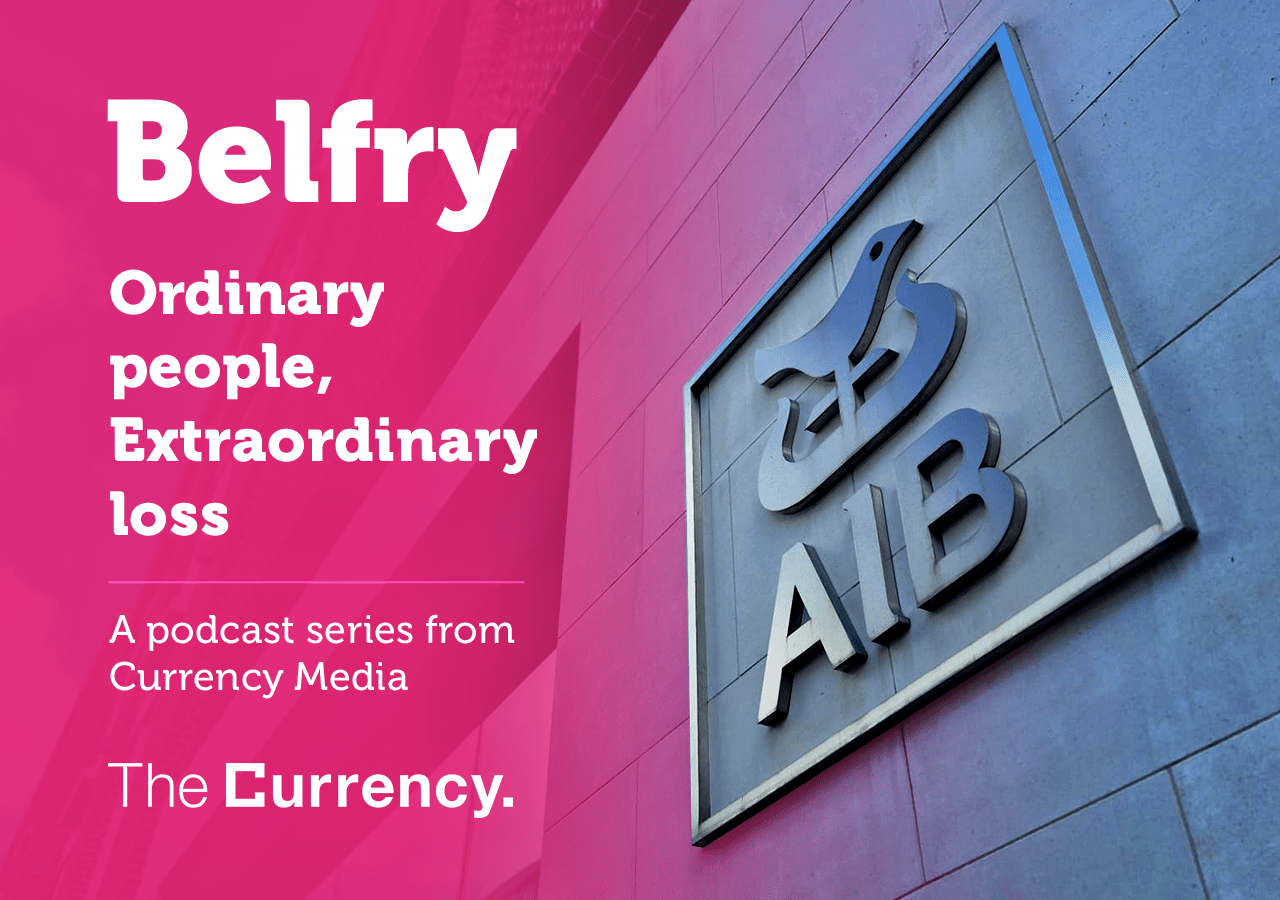Ken Hannigan is a hairdresser from Dublin. Twenty years ago, he and his wife Ann fancied a fresh start, so he sold his hair salon in Phibsborough and the couple moved to Alicante in Spain.
At an inspection tour of their new Spanish apartment, they sparked up a conversation with a neighbour. As it happens, he was a bank manager with AIB and they became friends.
Over the course of drinks and meals out, the bank manager told Ken about a UK commercial property investment AIB was managing at the time called the Belfry fund.
In 2005, Belfry was in its fifth year and going strong. Investors in the first Belfry fund had done spectacularly well, more than doubling their original investment.
Ken was encouraged to invest in Belfry after being assured by the bank manager that it was a “no-brainer.” He recalls there being no suggestion that it carried any real risk. In fact, the AIB banker told him that many colleagues had already invested in the fund — and added that, if he had the money himself, he would do the same.
Convinced by what he heard, Ken invested €150,000 into Belfry five. It was the money he had on deposit from the sale of his salon. He paid another €2,000 in fees to AIB.
He believed the eight-year investment would secure a better future for his children.
It didn’t. Far from it.
The global economy crashed in 2008. In the years that followed, Ireland’s undercapitalised banks stood on the precipice.
In dire straits, AIB decided to cash in its chips on Belfry. The UK investment properties were effectively fire-sold. Many of them were secondary assets located in regional cities such as Birmingham and Bradford — properties that required further investment to reach their potential. But that capital had long since dried up in the wake of the recession.
Ken lost all his money. It still hurts.
During the summer, I caught up with him at The Hair Store in Moynalty, Co Meath. Now in his sixties, he is back cutting hair. He says he is lucky he can still rely on his hands.
We talked about his financial loss, the impact it has had on his life, and why he still believes he was misled by AIB about the risks of Belfry.
He talked about his part in a 12-year-long struggle against the bank to get the justice he believes he and many others in the same boat as him are due.
That is because Ken’s story is far from unique.
Around 2,500 investors lost everything in Belfry funds two to six. People like June Duggan and her husband Bernard, who had hoped to build their pension pot. Bernard is now 80 and still working in the family’s successful glazing business in Limerick to this day.
William O’Brien runs a car accessories business in Kanturk and lost the college fund he had hoped to build for his kids.
Michael O’Donoghue, a farmer, remembers in detail the day he was called into his local AIB branch in Macroom by the assistant manager for the Belfry pitch.
They had money at the time in the heyday of the Celtic Tiger. But this was no SSIA scheme.
Courted on the way in by AIB, they claim they were mis-sold a highly geared, risky property scheme that was never properly explained to them by the bank.
When their investments were wiped out, they had to fight their corner.
Shedding a light
In this two-part podcast, we look at their stories and the story of Belfry. We examine why ordinary investors put their trust – and their money – into a speculative AIB fund and we explain how and why it all unravelled.
We look at the struggle for redress against AIB. That fight began in 2014 when a band of investors, the Belfry Investor Action Group, rallied together and decided they would stump up cash to take on the bank in court.
With professional help from independent advisory firm CKS Finance and solicitor Tom Casey, they forged a misselling claim on behalf of 272 investors, battled the statute of limitations all the way to the Supreme Court, and won.
Sort of. The cases ultimately settled for €25 million, in large part down to the bravery of Bernadette Goodwin, a woman in her 80s whose dying husband had been advised to buy into the risky product. She was prepared to lead the charge by testifying against the bank in court.
Instead, the bank agreed to negotiate a settlement on the steps of the court.
The mis-selling claims against AIB were withdrawn as part of the compromise, but the scandal of Belfry was far from over.
In the wake of the court case, and under pressure from the Central Bank, AIB rolled out a compensation scheme for investors who were wrongly sold the Belfry funds.
Nearly a quarter of a billion euro has been paid out in redress in a major mea culpa by the bank.
But big questions remain about the scheme, like who gets to decide who deserves redress and who doesn’t — and why two decades after Belfry, hundreds of investors have been left out in the cold?


